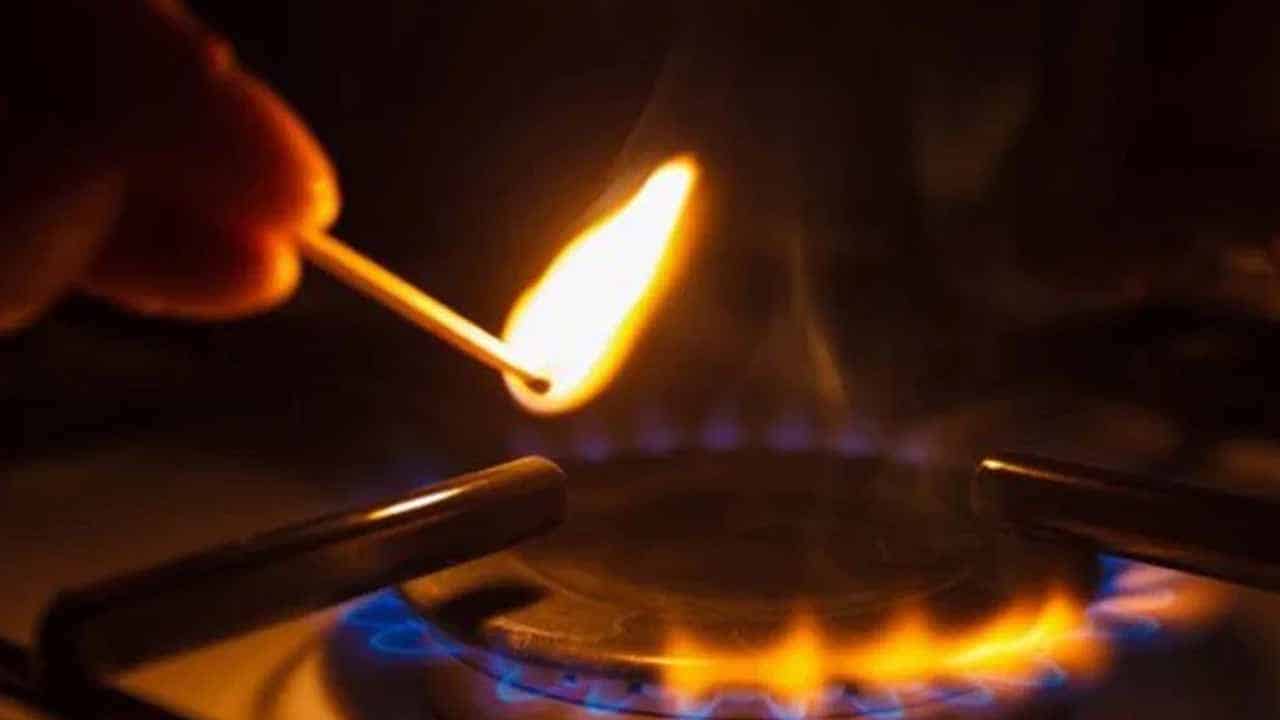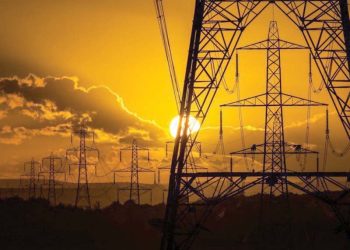On Monday, the federal government approved an increase in the price of natural gas for different types of consumers, starting from November 1, 2023. This decision was made based on the recommendations of the Oil and Gas Regulatory Authority (OGRA).
Before this decision, the Economic Coordination Committee (ECC) of the Cabinet had already agreed to raise natural gas prices on October 23, 2023. However, the Federal Cabinet met on October 30, 2023, and sent this decision back to the ECC for reconsideration.
Ultimately, on October 30, 2023, the ECC approved the revised natural gas prices. The reason behind this increase is the decreasing natural gas reserves (5-7% annually) and the higher cost of imported fuel (LNG). The value of the Pakistani rupee has dropped significantly against the US dollar, and inflation has driven up the costs of gas exploration, production, distribution, and transmission.
In the past, previous governments controlled the pricing of natural gas rather than strengthening the regulatory system and ensuring transparency and efficiency. This led to inadequate gas pricing, a lack of financing for imported gas diversion, and a circular debt of PKR 2.1 trillion (without interest).
In the name of affordability, some of the most profitable businesses in the country were benefiting from cheap natural gas, while low-income groups, including poor farmers and small-scale industries, were not getting the same advantage. The decision to raise prices has been a challenging one for the caretaker government, as it had to balance affordability with the sustainability of the gas supply chain.
The last price increase occurred in January 2023, after a gap of two and a half years. The failure to take adequate action resulted in a PKR 461 billion increase in the fiscal year 2022-23 alone.
If the caretaker government doesn’t follow OGRA’s advice and fund the diversion of imported gas to the domestic segment without subsidies, the circular debt could increase by around PKR 400 billion.
The main goals of this decision are to ensure the sustainability of the gas supply chain, provide targeted affordability, especially for protected consumers and businesses, and increase access to gas for those who can use it efficiently.
Only 30% of households in Pakistan have piped gas; the rest use LPG in cities and towns, as well as biomass and other sources in rural areas. For the 57% of domestic gas connections in the protected category, there won’t be an increase in gas prices.
A fixed monthly bill of only Rs400 is being introduced to make sure the protected class’s monthly bill doesn’t go over Rs900 for a consumption of 0.9 hm3 in a month.
For those not in the protected category, the tariff is increasing progressively, with higher-income households paying more. This is to avoid burdening middle-income households unnecessarily.
The price for gas supplies to Roti Tandoors remains unchanged because making bread is a basic necessity.
Fertilizer prices are aligned with the cost of gas from the Mari gas field, with only a small increase to ensure that farmers can access affordable urea for food security.
The tariffs for industry are designed to equalize gas prices in the North and South regions and provide a level playing field for everyone. The government has developed a Regionally Competitive Energy Tariff (RCET) in consultation with stakeholders to compete with the energy industry in countries like India, Bangladesh, and Vietnam, which have become net exporters.






